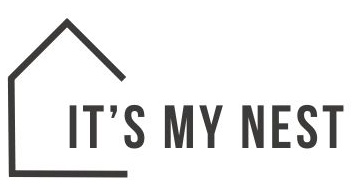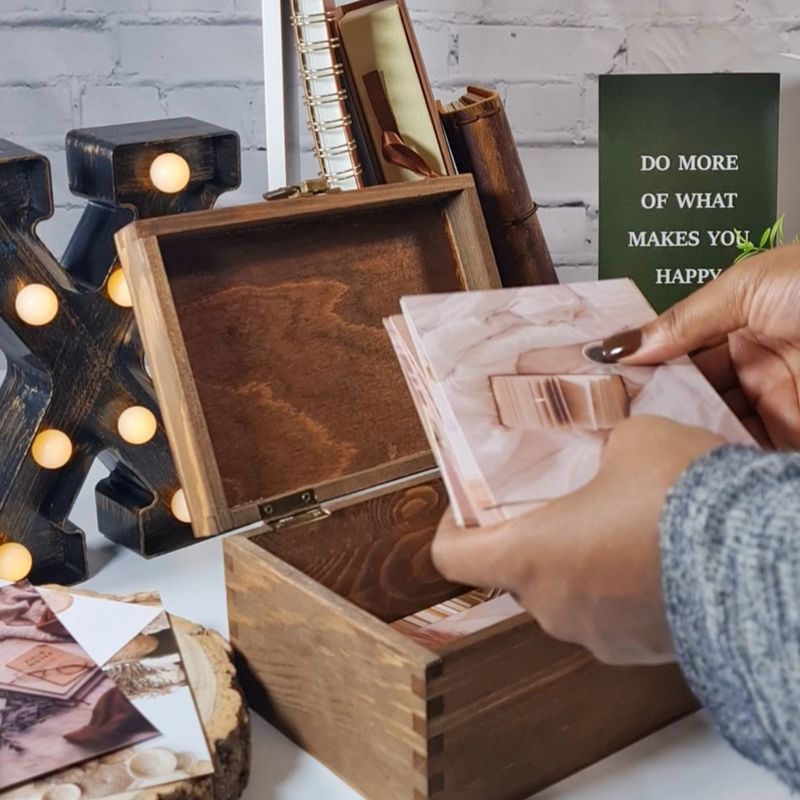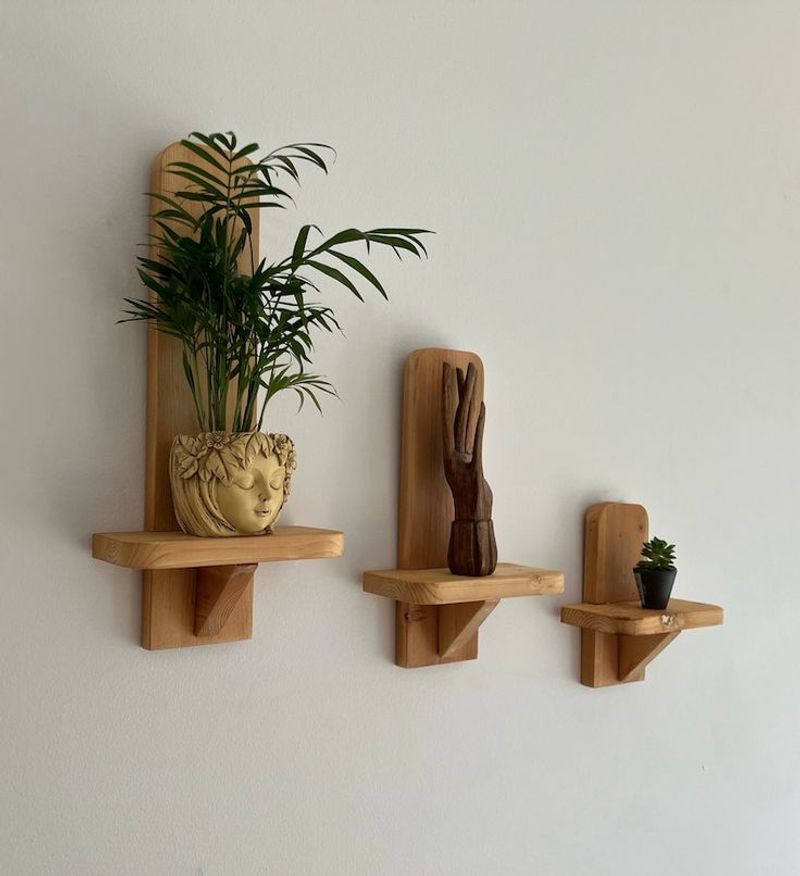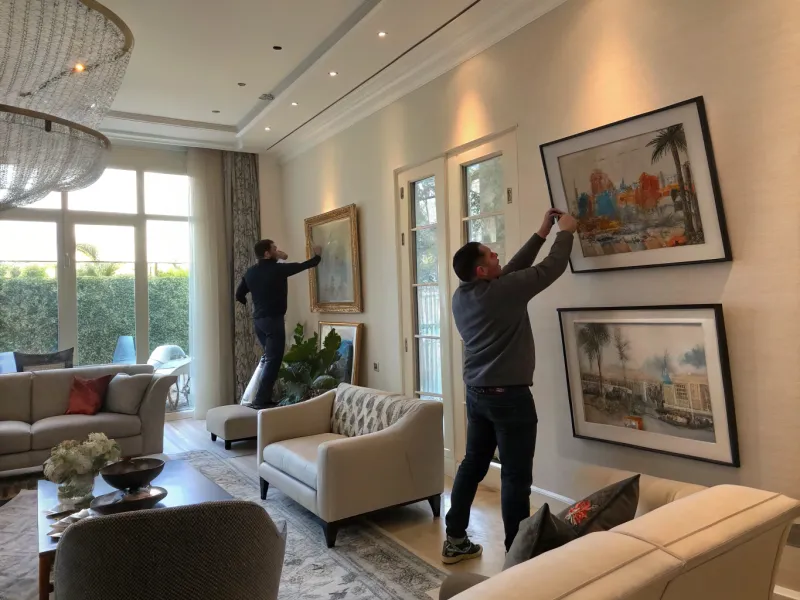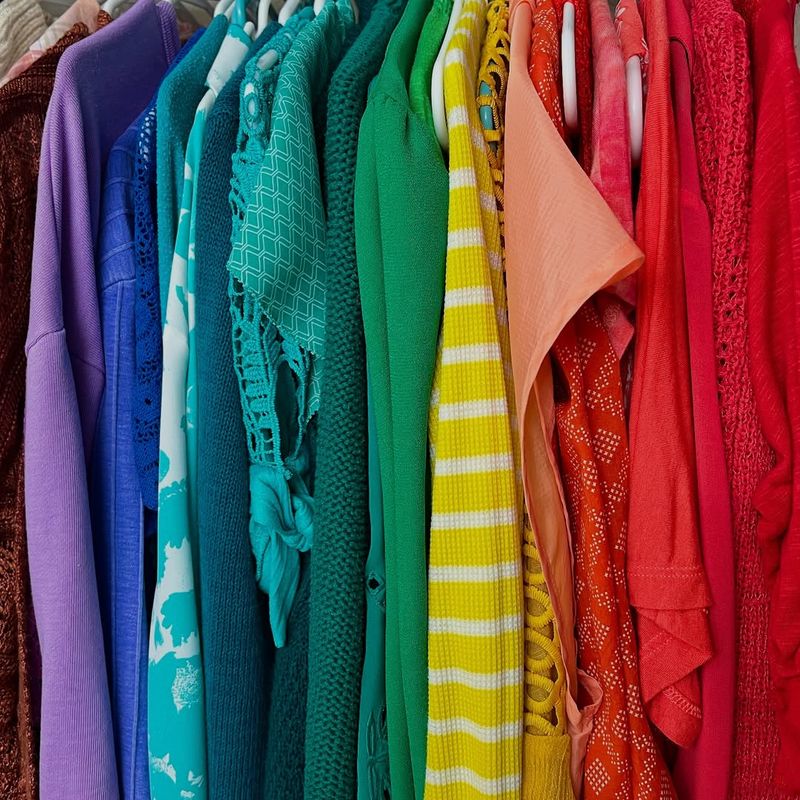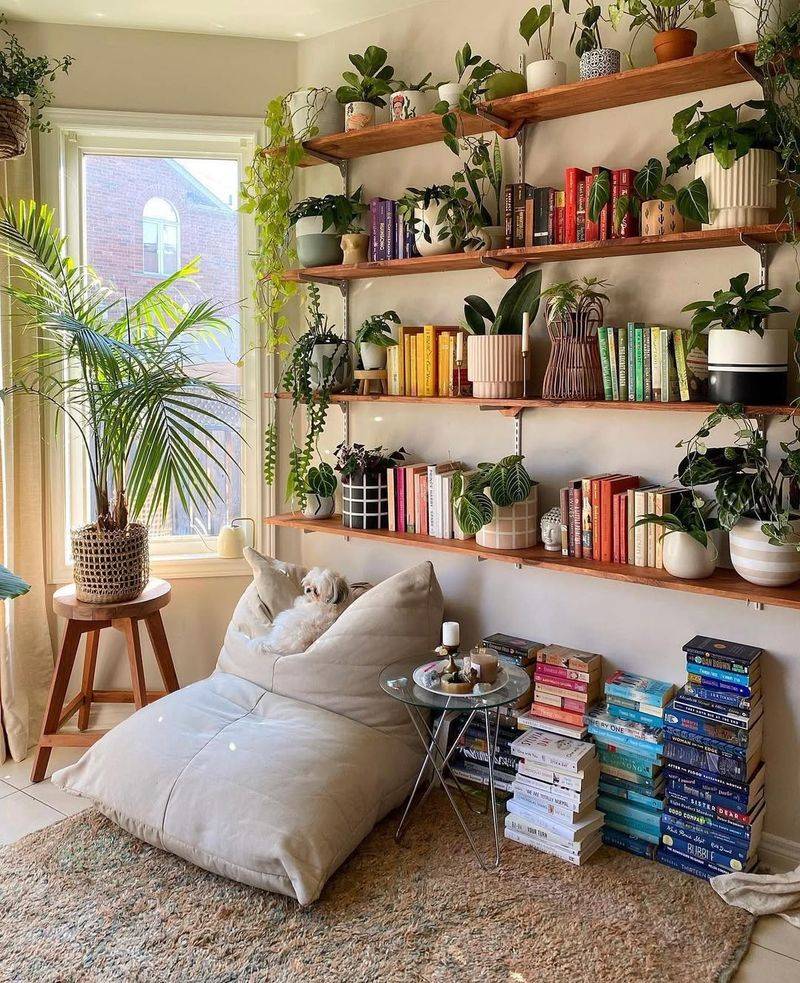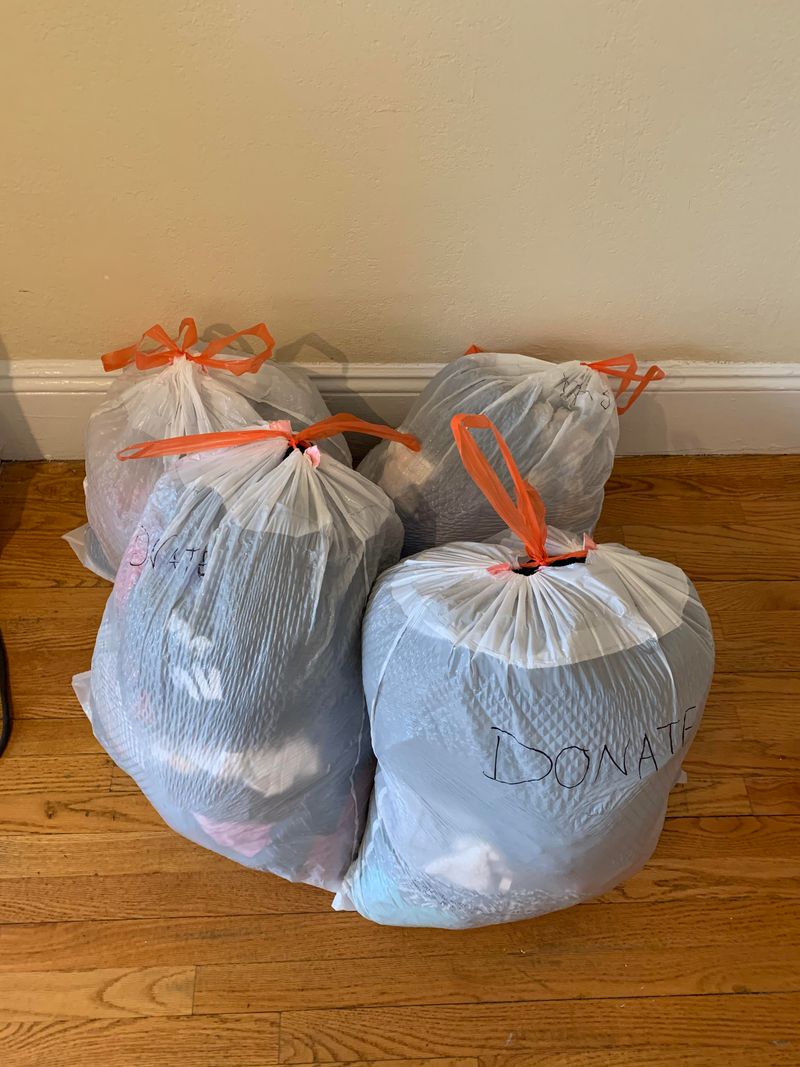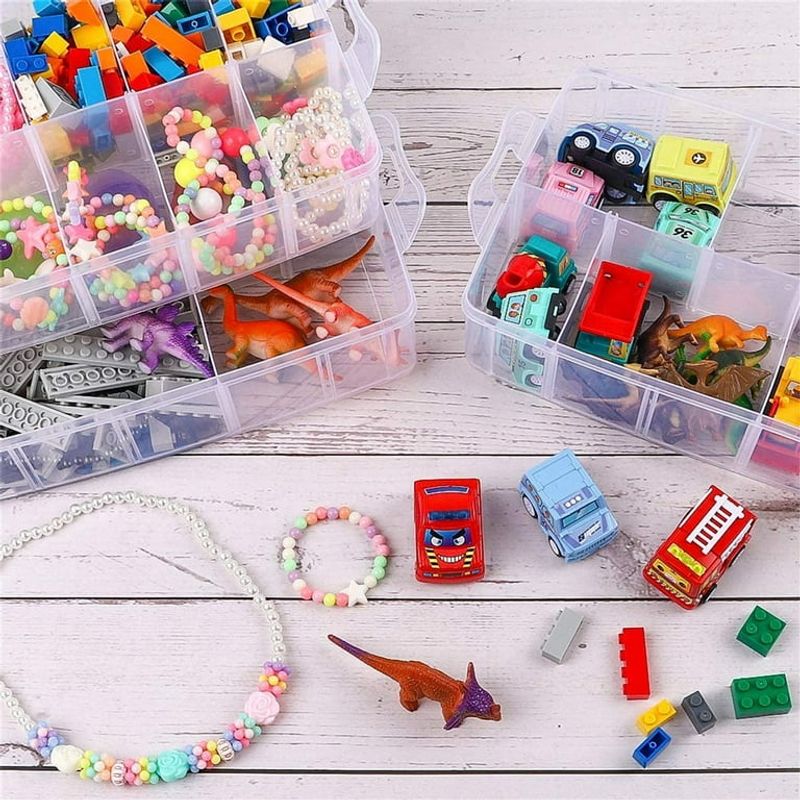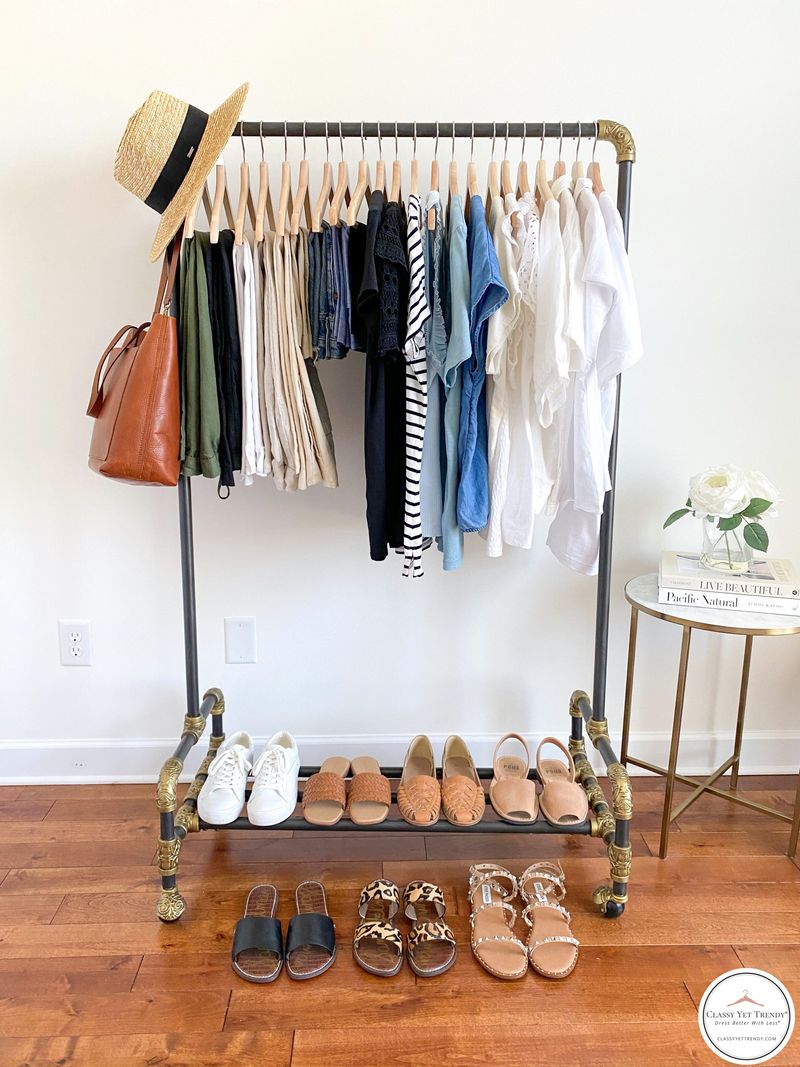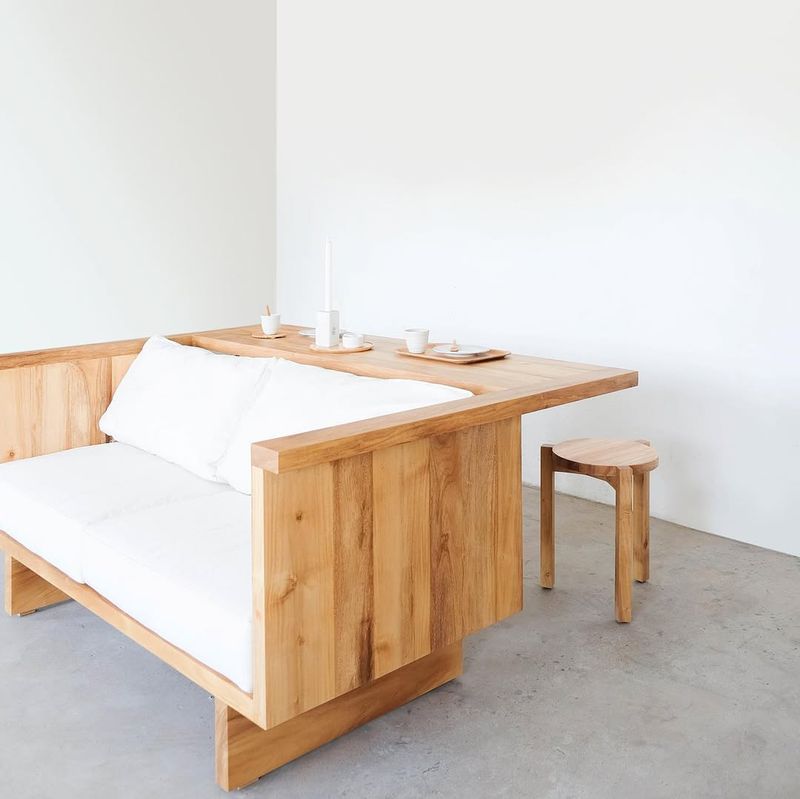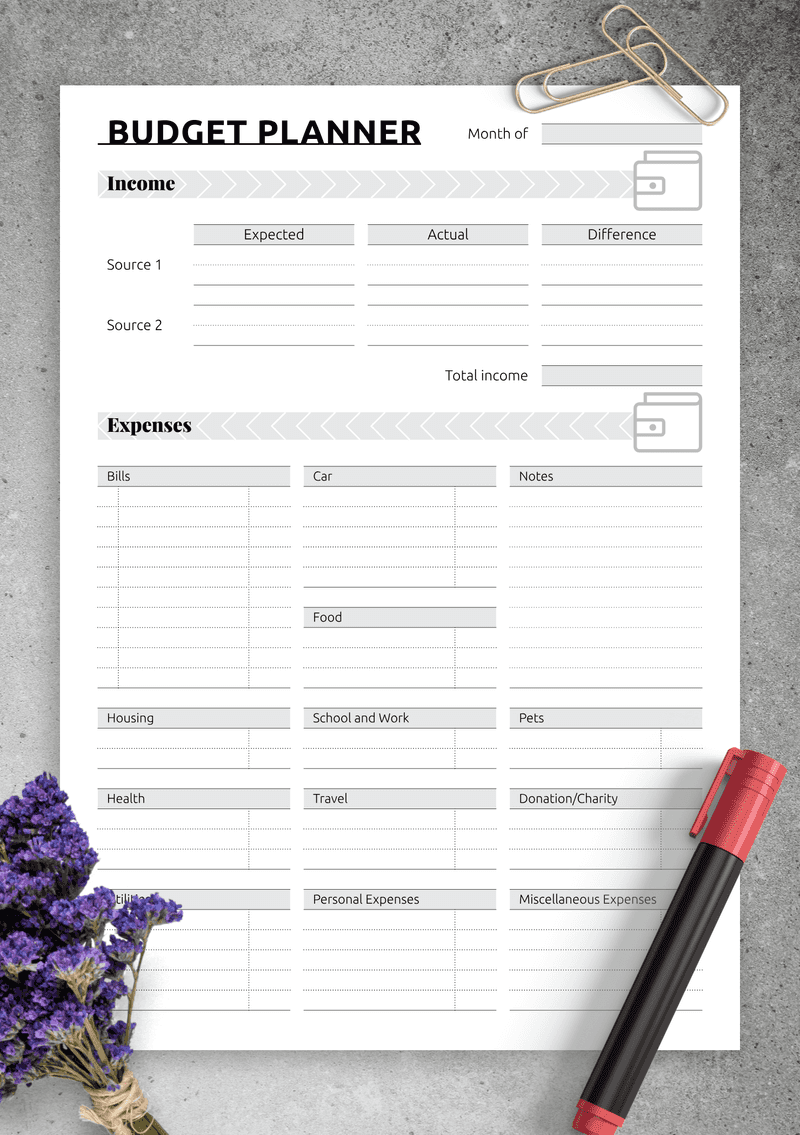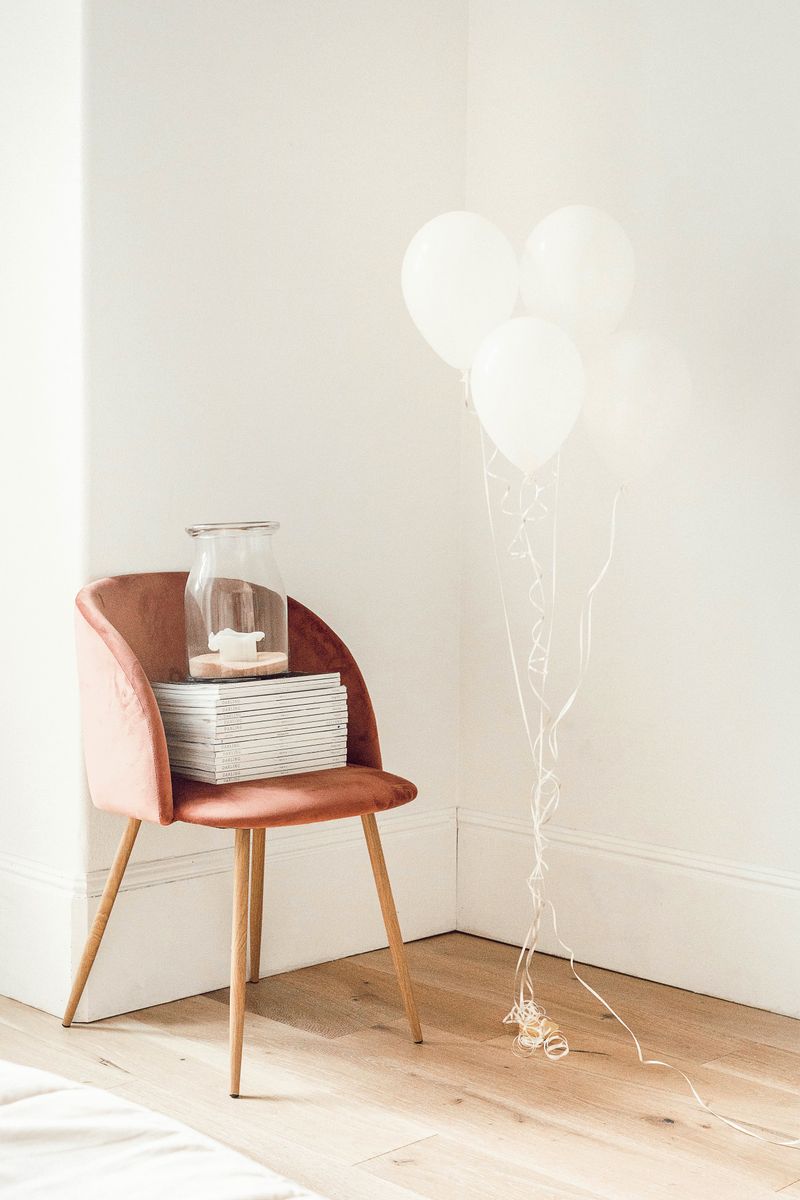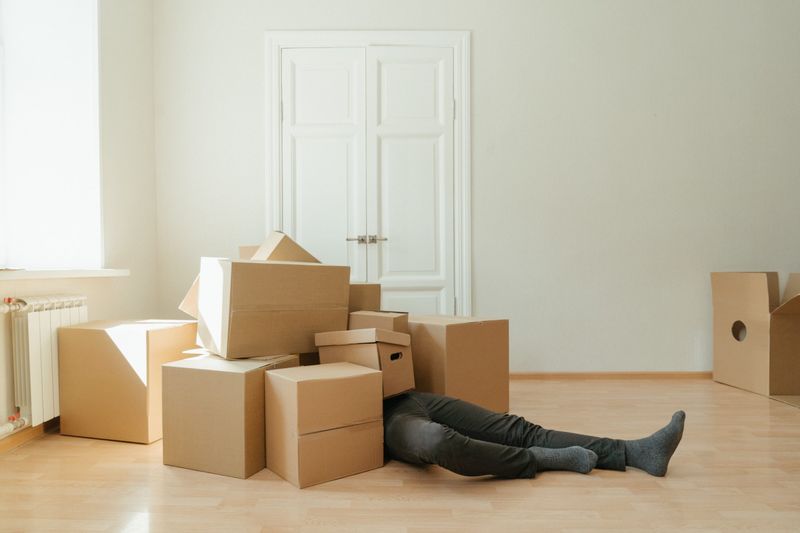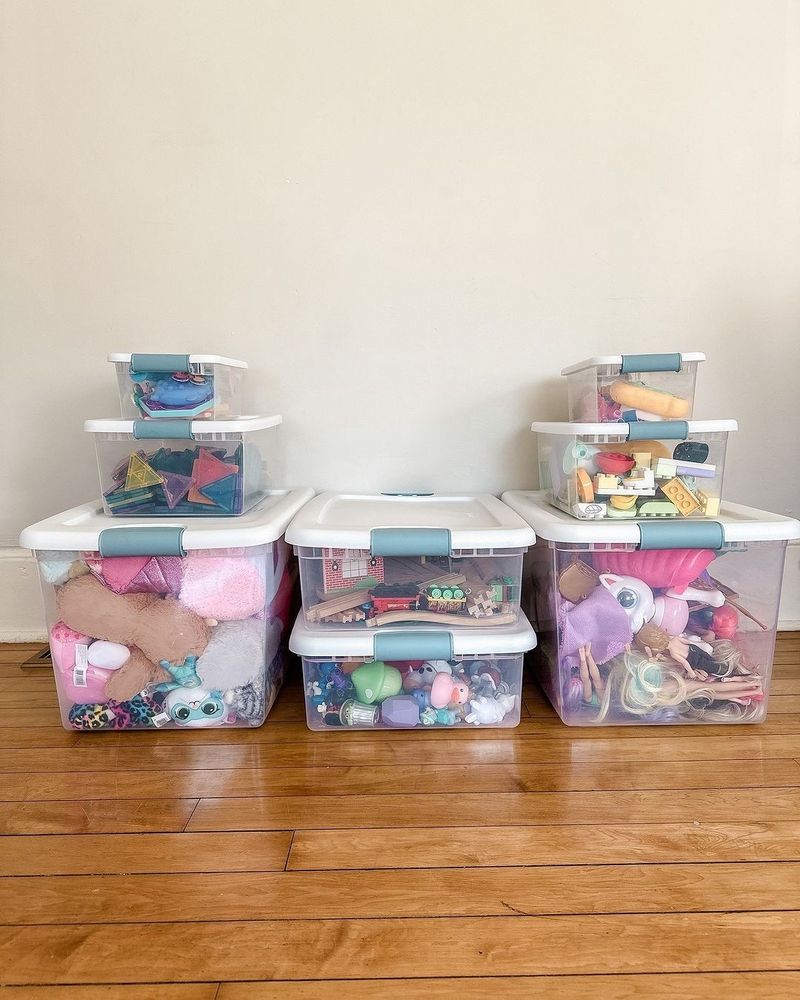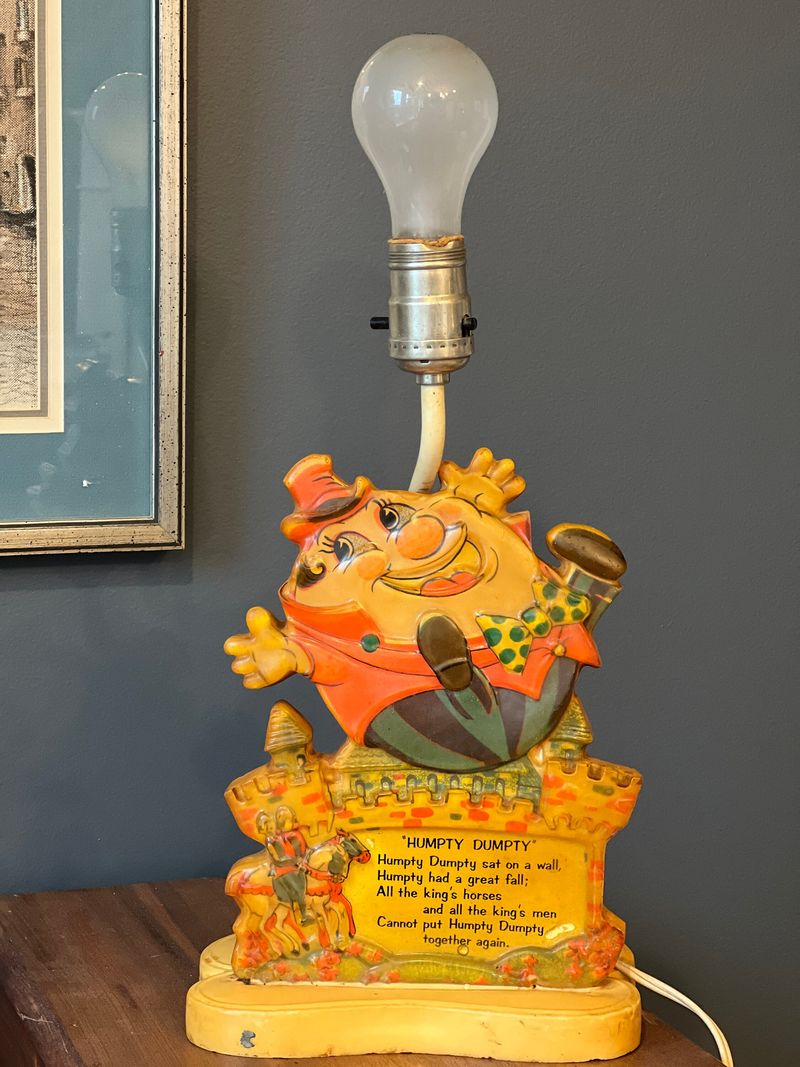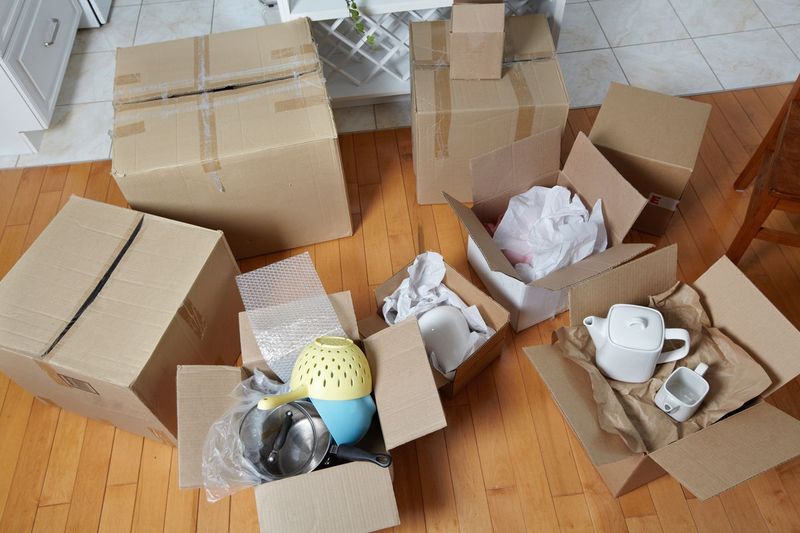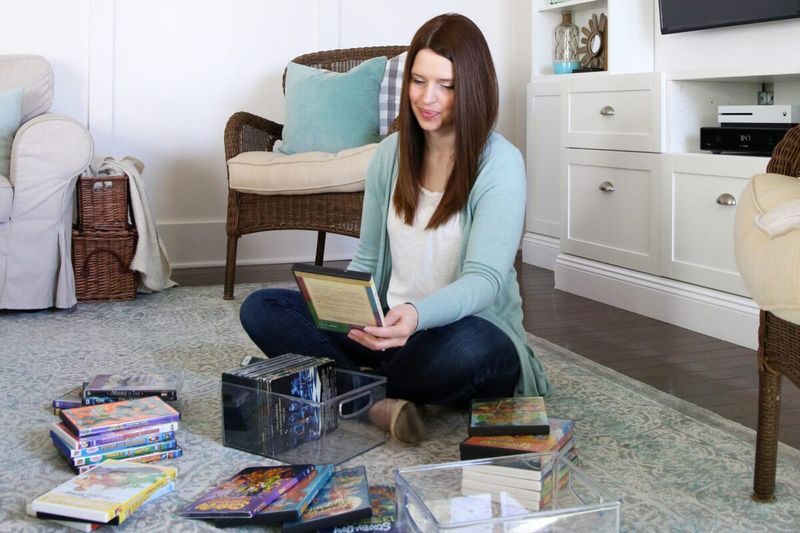Let’s be honest – decluttering hits differently when you’re a maximalist. You don’t just have stuff… you celebrate it. Your shelves tell stories, your walls are a visual symphony, and yes, you do need that third velvet footstool in case the other two are emotionally unavailable.
But even maximalists need breathing room. This isn’t about turning your home into a beige box – it’s about smart edits, not soul-crushing purges.
In this guide, you’ll find 17 tips to help you declutter without sacrificing personality, plus 6 common mistakes to avoid when taming your beautiful chaos. Let’s clear the clutter, not the character.
1. Sentimental Value Sorting
If nostalgia had a physical form, it would be that box of old letters, photographs, and memorabilia that you’ve held onto for years. Begin by categorizing them based on emotional value. Ask yourself: Does this piece spark joy or mere obligation?
Reliving memories can be heartwarming, but it’s essential to differentiate between treasures and clutter. Create a space where only items of true sentimental value remain, allowing them to tell their stories.
Letting go doesn’t mean forgetting; it means cherishing what truly matters.
2. The Rule of Three
Three’s company, especially when it comes to decorations. Select three similar items that complement each other and your space. This rule helps retain a sense of collection without overwhelming visual clutter.
Whether it’s vases, books, or figurines, ensure they resonate with your style and the ambiance of your room. It’s a way of showcasing your personality in bite-sized portions.
Remember, less can be more, and your treasured items deserve the spotlight they can only get when curated thoughtfully.
3. One In, One Out
Imagine your home as a revolving door of style. For every new item you bring into your home, allow one to exit. This practice maintains balance and keeps your space fresh.
By doing so, you’re compelled to evaluate the importance of each possession, ensuring only the most meaningful items remain.
This isn’t about deprivation; it’s a dynamic dance between past and present, where your style evolves while honoring what truly matters.
4. Color Coordination
Color, when used wisely, can be a powerful tool to organize and declutter. Arrange your items by color, be it books, clothes, or decor. This not only creates visual harmony but also makes it easier to find what you need.
A rainbow-like closet or bookshelf turns chaos into a symphony, celebrating the vibrancy within your collection.
When colors complement each other, they add aesthetic pleasure, transforming a cluttered space into an artistic expression of who you are.
5. Digital Declutter
In the digital era, clutter isn’t confined to the physical. Start by tackling your digital world – clean up your emails, organize your files, and declutter your desktop.
Deleting old files and categorizing important documents can bring a sense of accomplishment. It’s like tidying up your virtual home!
A streamlined digital space reduces stress, enhances productivity, and allows you to focus on what truly matters, both online and offline.
6. Create Themed Spaces
Who says a maximalist can’t have themed spaces? Designate areas in your home for specific activities, such as a reading nook or a plant corner.
This focused approach ensures that each space serves a purpose and reduces unnecessary items from wandering into the wrong area.
By curating themed spaces, your home becomes a tapestry of experiences, where every corner has its own story to tell.
7. Regular Donation Days
Decluttering can also be an act of kindness. Set regular donation days to part with items you no longer need but others might cherish.
This habit lightens your load and provides for those in need, turning your maximalist lifestyle into a cycle of giving.
It’s a win-win scenario: your space becomes more serene, and someone else finds new joy in your preloved possessions.
8. Personalized Storage Solutions
Storage doesn’t have to be dull. Tailor your storage solutions to suit your needs and style. Use clear containers, labels, or unique shelving that reflects your personality.
When everything has its place, finding items becomes a breeze, and your living space feels less chaotic.
Personalized storage adds charm and functionality, ensuring your maximalist treasures are both showcased and organized. It’s creativity meeting practicality!
9. Try a Capsule Wardrobe
Capsule wardrobes aren’t just for minimalists. Curate a collection of timeless, versatile pieces that you love to wear.
By focusing on quality over quantity, you’ll find dressing becomes more enjoyable and less time-consuming.
A capsule wardrobe is about celebrating your unique style without the weight of excess clothing. It’s fashion, simplified.
10. Embrace Multi-Functional Furniture
Maximalists, rejoice! Multi-functional furniture is your best friend. Opt for pieces that serve more than one purpose, like a sofa-bed or a storage ottoman.
This clever approach allows you to maintain your maximalist flair while optimizing space.
It’s not about having less; it’s about having smart, stylish solutions that enhance your living area’s versatility.
11. Set Boundaries with Yourself
Boundaries aren’t just for others. Set limits for yourself, such as sticking to a monthly budget for new items or enforcing a no-clutter zone in your home.
These self-imposed rules foster mindfulness and discipline, helping prevent clutter from creeping back in.
With boundaries, you’re in control, ensuring your space remains a sanctuary of style.
12. Celebrate Empty Space
In a maximalist world, empty space can become a canvas of opportunity. Embrace the beauty of simplicity and allow areas of your home to breathe.
Instead of filling every nook, appreciate how open areas enhance the impact of your curated collection.
Empty space isn’t a void; it’s where creativity has room to roam.
13. Display Rotating Collections
Why settle for permanence when change is so exciting? Create rotating displays of your collections. Whether it’s art or memorabilia, change them periodically to keep your space fresh.
This approach allows all your treasures to shine without overwhelming your environment.
Rotation lets you appreciate what you own, as every item gets its moment in the limelight.
14. Focus on Quality Over Quantity
Maximalism doesn’t mean sacrificing quality. Focus on acquiring high-quality items rather than large quantities. This not only makes your collection more valuable but also ensures longevity.
Quality pieces are conversation starters, with stories woven into their very fabric.
Cherish these gems, and let them add character and charm to your space.
15. Borrow Instead of Buy
Sharing is caring, especially when it comes to decluttering. Instead of buying, consider borrowing books, tools, or even art from friends or local libraries.
This practice keeps your space clutter-free while fostering community connections.
Borrowing adds variety without the commitment, allowing you to enjoy new experiences without permanent collections.
16. Daily Declutter Rituals
Turn decluttering into a daily ritual. Spend a few minutes each day tidying up, putting things back in their place, and enjoying the calm it brings.
This habit prevents clutter from piling up and keeps your environment serene.
Daily rituals turn decluttering from a chore into a moment of mindfulness, where maintaining order becomes a form of self-care.
17. Find Inspiration in Minimalism
While maximalism celebrates abundance, minimalism offers valuable lessons. Look for inspiration in minimalist designs, focusing on balance and intentionality.
Incorporate some minimalist principles to enhance your space and highlight your maximalist treasures.
By learning from minimalism, your home becomes a harmonious blend of both styles, where less enhances more.
1. Trying to Declutter All at Once
Maximalists often dive into decluttering with an all-or-nothing mindset, expecting to sort through years of treasures in one weekend. But this backfires – burnout kicks in, decisions get rushed, and regret follows. Instead of feeling lighter, they’re left overwhelmed and resentful.
Decluttering, especially for someone who thrives on abundance, is more marathon than sprint. Slowing down allows space to really consider what items still bring joy or serve a purpose.
Tackling one category or one room at a time helps the process feel manageable – and more importantly, respectful of what made the space feel personal to begin with.
2. Getting Rid of Personality Along with the Clutter
In the quest to simplify, some maximalists swing too far in the opposite direction and accidentally erase their personality from their space. They strip shelves bare, toss bold accents, and suddenly the home feels sterile instead of serene.
A well-loved, expressive room doesn’t need to be sacrificed for the sake of order. Decluttering doesn’t mean removing you from the picture – it’s about editing with care. The key is to keep what feels meaningful, curious, or energizing, even if it’s unconventional.
3. Mistaking Storage for Decluttering
When maximalists try to “declutter,” they often just shift things into pretty boxes or slide them behind closed doors. It looks cleaner on the surface, but nothing’s actually been let go of. The clutter is simply hidden, not handled. Stylish bins and baskets can definitely help maintain order, but they’re not a solution on their own.
True decluttering means facing each item and deciding whether it still deserves space in your life – not just your cabinet. Otherwise, you’re just organizing the chaos rather than clearing it. It’s not about perfection – it’s about being intentional.
4. Getting Caught in the ‘Maybe Someday’ Trap
Maximalists are sentimental and imaginative by nature, so it’s no surprise they hang on to things “just in case.” That vintage lamp they might rewire. The fabric scraps they plan to sew into pillows. The stack of books they fully intend to read – eventually.
The problem? Those “maybe someday” items take up valuable space in the present. Decluttering means being honest about what you’ll realistically use or love again soon.
Letting go doesn’t mean abandoning creativity – it means making room for it to actually thrive, instead of burying it under piles of delayed potential.
5. Decluttering Without a Vision
A common mistake is diving into decluttering without a clear idea of what you want the space to feel like afterward. Without a goal, it’s easy to get stuck making random decisions – keeping things you don’t really like or getting rid of something you’ll miss later.
Maximalists benefit from starting with a vision board or vibe in mind. Are you aiming for more calm? Better function? A gallery-like showcase of your favorite things? Let that guide your choices. When every item supports that bigger picture, you’ll feel more connected to your space, not just stripped down.
6. Feeling Guilty About Letting Go
Maximalists often form deep emotional ties to their things, so decluttering can stir up guilt—especially when parting with gifts, heirlooms, or items tied to specific memories. They worry it’s disrespectful to toss something from a loved one, even if it’s collecting dust.
But here’s the truth: your home shouldn’t be a museum of obligation. You’re allowed to keep the memory and release the object. Take a photo, write about the moment, pass the item to someone who will use it. Guilt shouldn’t be the reason you keep something that no longer fits your life.
